F-Stop and Aperture is the second important aspect of landscape photography. It is one of the most essential tools for the photographer, along with shutter speed and ISO.
Understanding f-stop and aperture will allow you to explore the potential of your camera and take stunning photos.
The aperture is simply the size of the aperture in the lens, and learning how it works will help you create the depth and light you need for beautiful photos.
I focused on three elements of the “exposure triangle” – ISO, Shutter Speed, and aperture.
Today would like to turn our attention to Aperture.
In this article you will learn:
- What is f-stop and aperture for landscape photography
- The best aperture for landscape photography and how to take sharp photos
- What is f-stop
- How to find a 'lens sweet spot' and set a camera
Have you seen how the photographers take sharp images or how they blurred the background? How to control shutter speed and shoot long exposure photography?
Aperture
What is Aperture in Photography?
In this article, I will talk about the best aperture for the landscape. For each genre of photography, there are special visual tools. For landscape photography, an aperture is one of the most important of them.
The aperture is a hole in the lens through which light enters the camera body.
Just think about how your eyes work.
An aperture is like a “pupil” for a lens. It can open and close to change the amount of light.
The camera lens collects and focuses light – but how much light?
The aperture is one of three different settings. The aperture changes the width of the lens aperture.
A wide aperture is a large hole, while a narrow aperture is a small hole. When the aperture is wide, a lot of light enters the image. When the aperture is narrow, very little light enters the image.
How wide the aperture is specified in apertures or F-numbers such as F / 8. A small number such as f / 1.8 means wide aperture, while a large number such as f / 22 means narrow aperture.
Photographers must remember one central concept: a small number is a wide aperture, and a large number is a narrow aperture.
This idea may seem a bit controversial at first glance, but it becomes clearer if you take pictures with different apertures.
Why Aperture is Important
Look at the lens of your camera. You see the blades and a small round hole. This is the lens aperture. The hole opens and closes by changing the aperture. The aperture has a direct effect on the exposure of the photo.
Another important aspect is the depth of field of your photo. Adjusting the aperture is one of the best tools for capturing the right image.
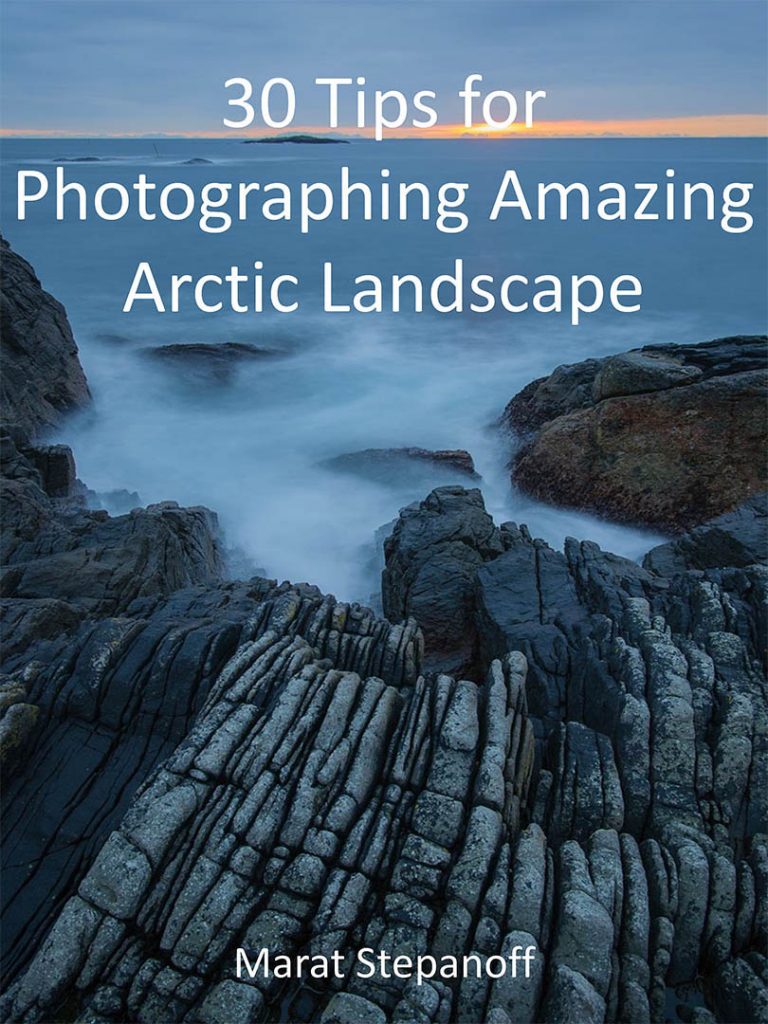
30 Tips for Photographing Amazing Arctic Landscape
This is FREE e-Book about my practical experience as a landscape photographer for traveling North.
These are 30 simple tips on how to catch a good shot in all weather conditions in places like Northern Norway, Iceland, the Faroe Islands, and any other location.
What is the Aperture Scale
Here's the aperture scale. Each step-down lets in half as much light:
f/1.4 (very large opening aperture, lets in a lot of light), f/2.0, f/2.8, f/4.0, f/5.6, f/8, f/11, f/16, f/22, f/32 (very small aperture)
Most often, the sharpest aperture will be in the middle of the range of your lens. It’s called a sweet spot. But the depth of field is also very important.
Lens aperture
The lens aperture is the hole inside the lens through which light enters the image sensor of your camera. I try to give the simplest definition rather than make it harder to understand the aperture. It is much more important to know how to use this tool in practice.
As I said, the lens aperture is the hole in the lens through which light enters the camera. You can set the aperture high or low.
Light penetrates the image sensor more quickly through a wide opening. The shutter speed is faster. A small aperture will take longer to pass.
Aperture Chart
This aperture chart shows you how to work the lens aperture.
F-stop value increase with decreasing aperture diameters.
For example, if the lens focal length is 70mm and the aperture diameter is 17mm, then f-stop = 70mm/17mm = f/4.
- The larger the f-stop value, the less light enters the lens
- The smaller the f-stop value, the more light enters the lens
Each stop reduces the volume of light falling on the camera sensor twice. Consequently, the shutter speed becomes longer.

To understand how works aperture, you can cover the thick jalousie on the window. See, it got darker. The image sensor of a camera needs more time to record a bright image.
THE BEST APERTURE FOR LANDSCAPE PHOTOGRAPHY
What aperture is the best for landscape photography?
If you want to take sharply focused pictures, select a high aperture value by closing the aperture. You can use the camera in manual mode (M) or aperture priority (Av). This gives you complete control over the aperture value of the camera.
Normally we want to see as much detail as possible from the foreground to the background and achieve maximum depth of field by choosing a narrow aperture (f / 8 or f / 16).
But it is not that easy.
Aperture and Sharpness
The aperture is the diameter of the hole in the lens through which light enters. The larger the aperture, the larger the diameter of the aperture and the more light that can reach the camera sensor through the lens to reach the camera sensor.
The aperture of the lens also affects the depth of field and sharpness of the image.
For landscape photography, the sharpness of the front and back of the subject is between f/7.1 and f/13.
This range is carefully measured and is widely known among landscape photographers as the “Sweet Spot” for your camera lens.
When to use Open Aperture
Open apertures, called low f-stop numbers, are usually used for landscape photography to blur the background behind the main subject and create bokeh.
Photographers do not always want to catch a sharp image from front-to-back.
An example would be photographs of flowers or isolated trees.
At night it is dark, so you should increase the ISO, use a slower shutter speed. But the most important is to use an open aperture such as f/2.8 or f/4.
However, when taking pictures with a wide aperture at night and during the day, parts of the picture may be blurry. This depends on which part of the image you are focusing on.
That means you have focused right for Northern Lights, but your foreground will look blurry.
If you focus on something in the distance, like the stars or the Northern Lights, it will be sharp. On the other hand, if you focus on something in the foreground, such as a stone, the stars in the sky may appear blurred.
You should remember that the level of blur depends on where you focus on the image, how close the front element is to the lens, and which lens you use.
Why?
Wide-angle lenses have bigger DoF.
When to use Narrow Aperture
Narrow apertures are most often used in landscape photography where there is a significant distance between the foreground and the background. But you want to catch the image sharp and in focus from start to finish.
In most cases, using an aperture of f/8 – f/16 is enough.
But sometimes the foreground is very close to the lens.
You can use a narrow aperture such as f/22 or focus stacking.
I recommend the second option. But it is more Complicated technique and requires additional skills.
Why shouldn’t you use a narrow aperture such as a f-22? A very narrow aperture causes diffraction. In short, it is a blurred image (read Sweet Spot).
Aperture and Shutter Speed
Sometimes you have to go for tricks. Before that, we only talked about sharpness and depth of field.
But the aperture directly affects the shutter speed. Landscape photographers usually use Aperture Priority mode. Every next aperture step doubles the shutter speed.
For example: f/4 – 1sec; f/5,6 – 2sec; f/8 – 4sec; f/11 – 8sec; f/16 – 15sec
This is the key to the creative use of Aperture in landscape photography.
As you have already understood, by changing the aperture, you change the Shutter Speed.
This way to change the visual image of moving subjects.
I am talking about waves, clouds, grass, tree branches, and etc.

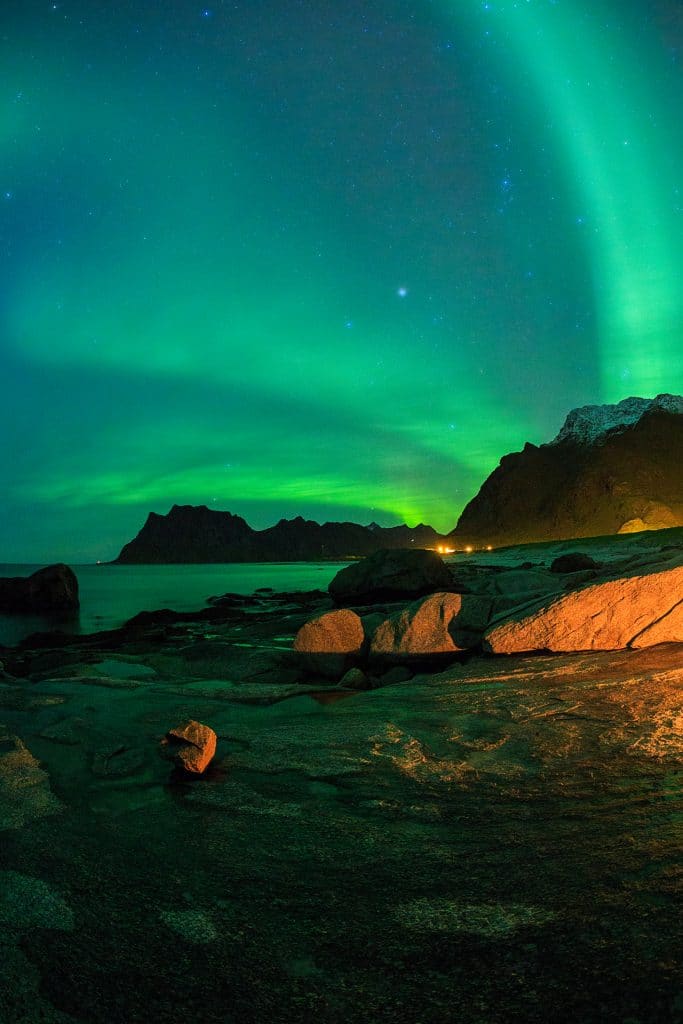
There are many examples of creative use of Aperture for landscape photography. All of them do not fit into this article, but I am sure the idea is clear to you.
How to set the aperture on Canon?
A little cheat sheet for beginners on how to adjust the aperture. As in this example, the aperture can be set on all other cameras.
- Rotate the mode dial to adjust the manual mode (M) or aperture priority (Av).
- Rotate the small main disc to select an aperture. The camera automatically selects the shutter speed.
- You can also set the camera to manual mode and set the shutter speed and aperture manually

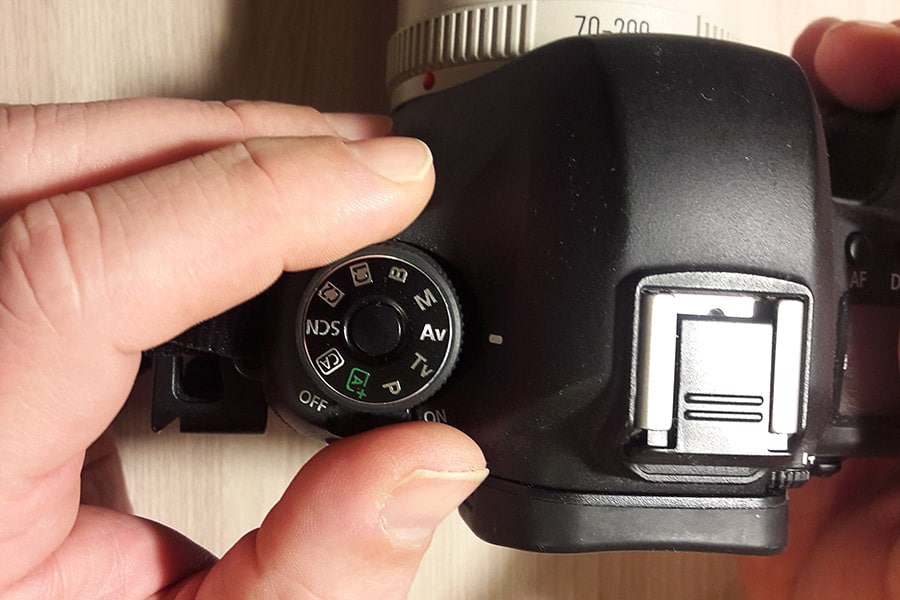
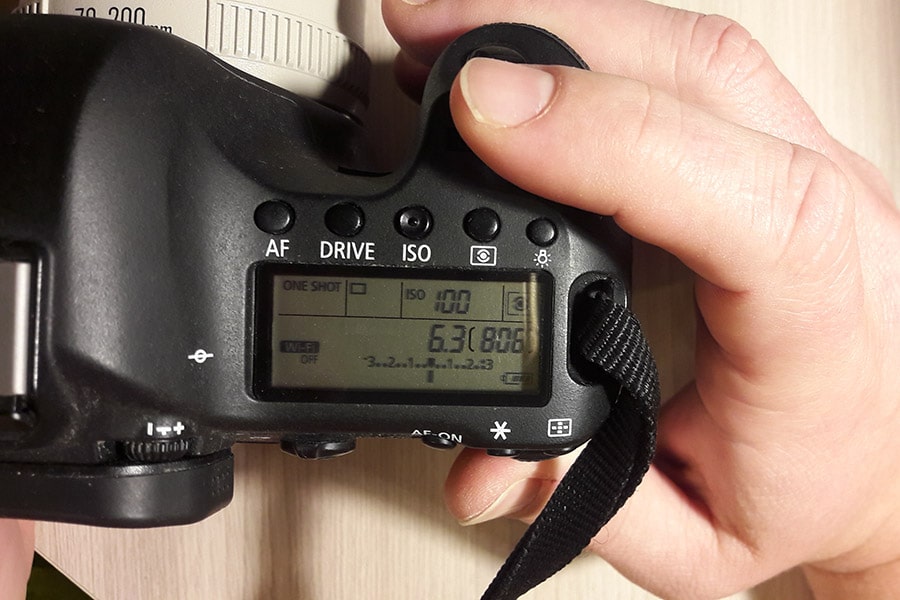
F-Stop
F-Stop definition
Of course, you haven’t heard a term like F-Stop? When you take pictures, you use the interaction between shutter speed, ISO settings and aperture to control exposure.
What is f-stop
F-Stop = Lens Focal Length (mm)/Aperture Diameter (mm)
Again, I will not tell you that f stop is determined by the focal length of the lens divided by the diameter of the hole, etc. This knowledge will not give practical information for the beginner.
Each f-stop number changes the size of the aperture twice.
F/2.8 is a low aperture and small depth of field, the background will be blurred.
F/11 (and more) is a small aperture and large depth of field, the whole frame will be sharp.
The classic diapason of f-stops a camera supports is f/1.8 – f/22, consisting of the following f-stops:
f/1.8, f/2.0, f/2.8, f/4, f/5.6, f/8. f/11, f/16, f/22
This definition is easy to understand and remember. Then why complicate things? We want to take a picture of the landscape, not invent new lenses. However, we need to make it a little more difficult to understand the aperture, depth of field and aperture.
As with ISO (remember, a high ISO produces noise and grain and can spoil the frame), so in the case of a lens, an aperture is not so easy.
by Gary Gough
What is a “lens sweet spot”
Why not use the highest f-stop number?
At first glance, that makes sense. You may have heard that apertures like f / 16 and f / 22 are better avoided. Why not?
It should be noted that image quality in many lenses tends to deteriorate as you approach the extreme ends of the aperture. This is especially true for zoom lenses because they are very complex.
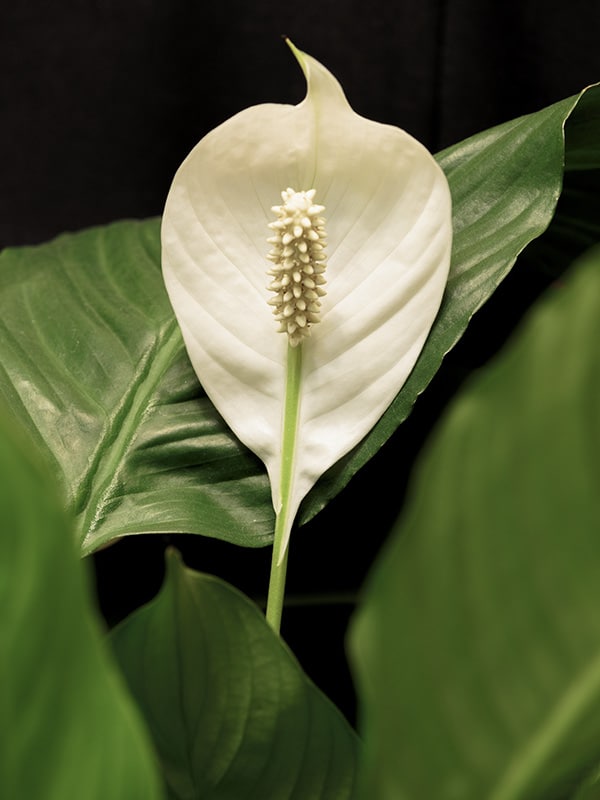

Each lens has an optimum (working) aperture which is called the “sweet spot”. The point of view of a lens is the number of feet with which you get the best image quality.
The rule of finding this sweet spot in the middle range is to count two complete f-stops from the widest aperture. My lens has the widest aperture f / 4 and a small aperture f / 22. Two full stops from there will lead me to a sweet spot between f / 8 and f / 11.
I still recommend using the formula with two apertures to calculate your lens’s point of view. Can I use a narrower aperture like f / 16? Well, of course; naturally. But you should always remember that this will be a compromise between image quality and depth of field.
So, what is the best aperture for the landscape?
I think that’s the range between F / 8 – F / 11.
F-stops and Depth of Field
I covered this topic in detail here.
Aperture affects the sharpness of your picture. Large holes such as f / 1.8-f / 5.6 create a shallow depth of field, but the main subject looks sharp.
Small apertures such as f / 8-f / 22 create a greater depth of field.
Everything from the foreground to the background can be clear and sharp.
Learn more
To improve your skills in landscape photography and learn how to take even more eye-catching images, my popular e-book, “Landscape Photography. The Complete Beginner’s Guide” will teach you the skills you need.
Regardless of your level, this ebook is written to start expanding your knowledge. “Landscape Photography. The Complete Beginner’s Guide” will teach you everything you need to start making beautiful images and take your photography to the next level.
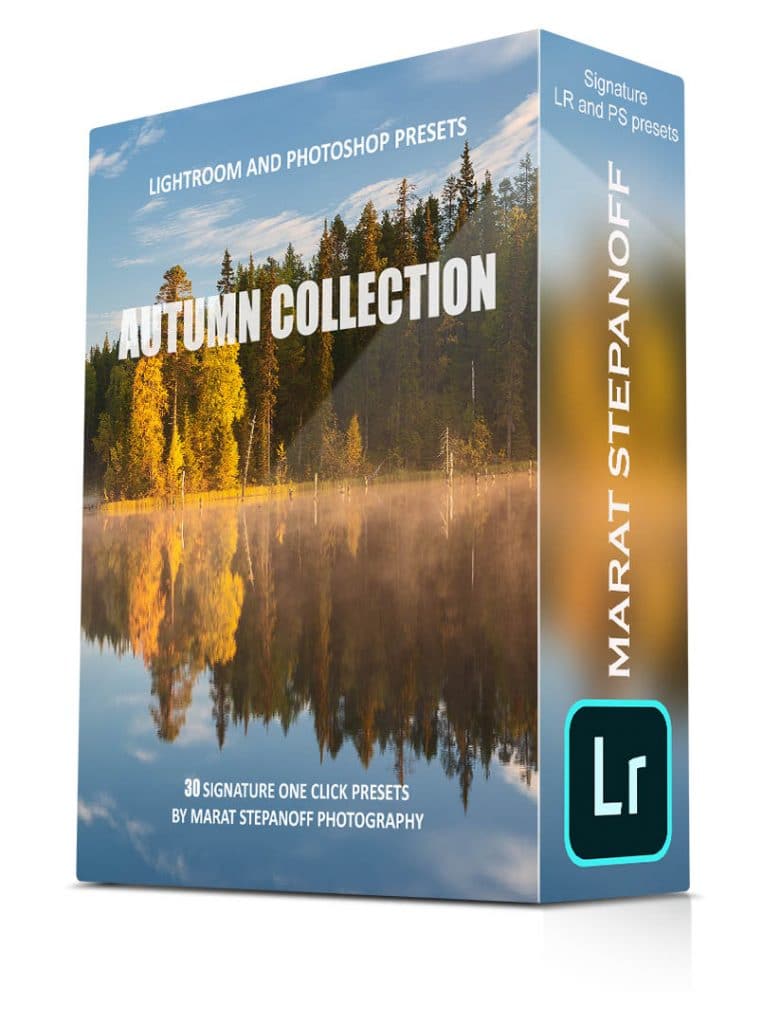
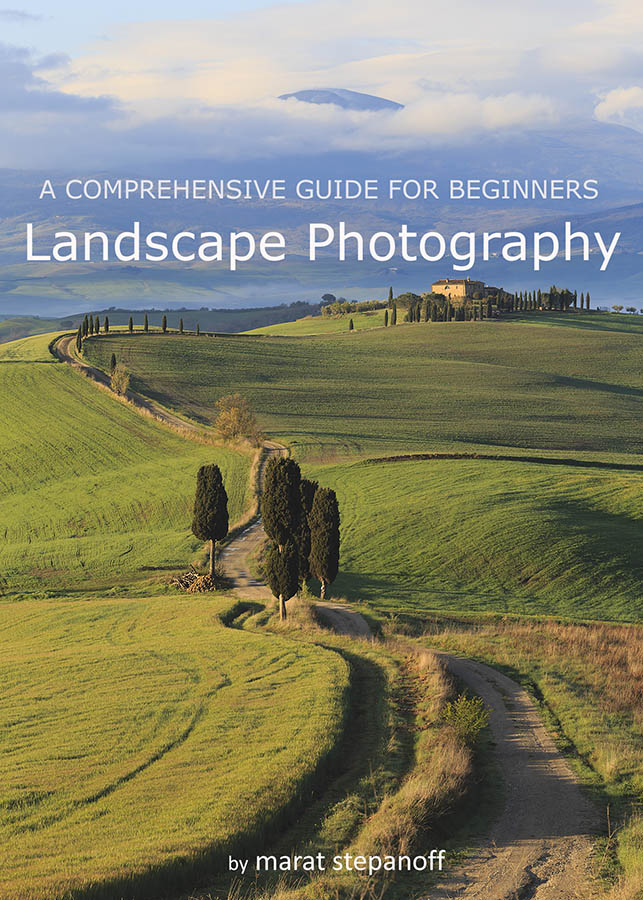
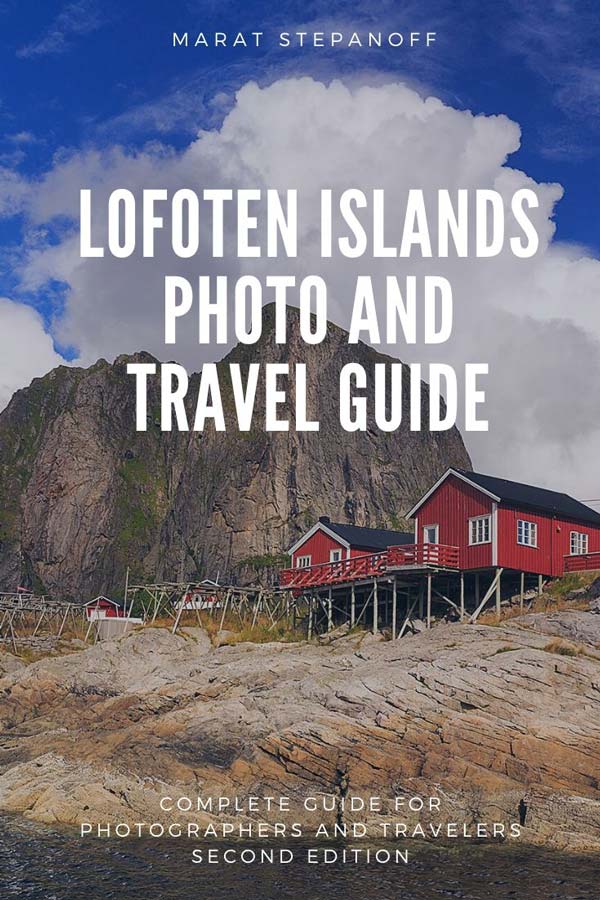
Leave a Reply